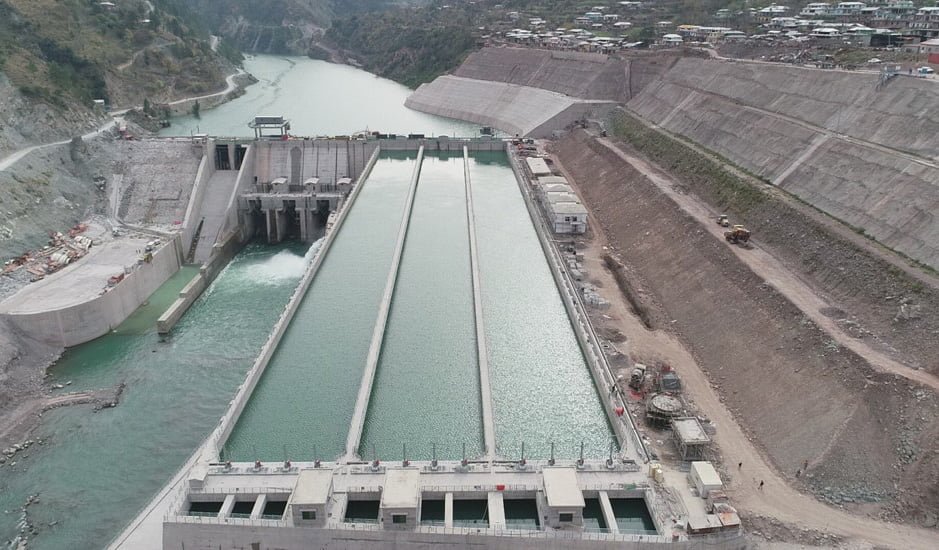In a decisive move prioritizing safety, the Water and Power Development Authority (WAPDA) has announced the complete shutdown of the 900-megawatt Neelum-Jhelum hydropower project for inspection.This decision comes after significant pressure fluctuations were detected in the project’s headrace tunnel, a month following a major operational issue.
A Timeline of Concerns
The Neelum-Jhelum power plant, a cornerstone of Pakistan’s energy infrastructure, has faced a series of challenges. The first sign of trouble appeared on April 2, when a sudden change in tunnel pressure was noted. Following consultants’ advice, the plant’s output was restricted to 500MW on April 6 to monitor the situation. Despite these measures, instability persisted, and by April 29, further reductions in power generation were necessary.
The Response to Unforeseen Risks
WAPDA’s response was swift and cautious. On May 1, the plant was shut down at 6am for a thorough physical inspection of the tunnel to identify the root cause of the pressure drop. The safety of the headrace tunnel and the powerhouse was the paramount concern, leading to the decision to dewater the 48km-long tunnel. This process began immediately, with the intake gates at the dam site lowered for flushing.
Understanding the Gravity of the Situation
The Neelum-Jhelum project is not just another power plant; it’s an engineering marvel, with about 90% of its structure underground, including a 51.5km tunnel system built in a geologically weak and seismic-prone area. The complexity of this project cannot be overstated, and neither can the risks associated with its operation.
Looking Ahead
WAPDA is currently working with project consultants and international experts to create a detailed plan for remedial works. The recent shutdown has emphasized the importance of balancing the use of natural resources with ensuring their safety.
The future of the Neelum-Jhelum power plant is uncertain while awaiting the results of this critical inspection and the necessary steps to ensure its safe operation.
Conclusion
WAPDA’s decision to shut down the Neelum-Jhelum power plant showcases its unwavering commitment towards safety and responsible management. While we cannot ignore the immediate impact on power supply, ensuring the integrity of this significant hydropower source will result in long-term benefits. This situation emphasizes the importance of being vigilant and taking proactive measures in managing large-scale infrastructure projects. As we await further updates, let us remain mindful of the significance of safety and responsible management in such projects.
This post is based on the latest developments regarding the Neelum-Jhelum power plant, as reported by reliable sources. For more detailed information about Neelum-Jhelum, please refer to local news articles.







